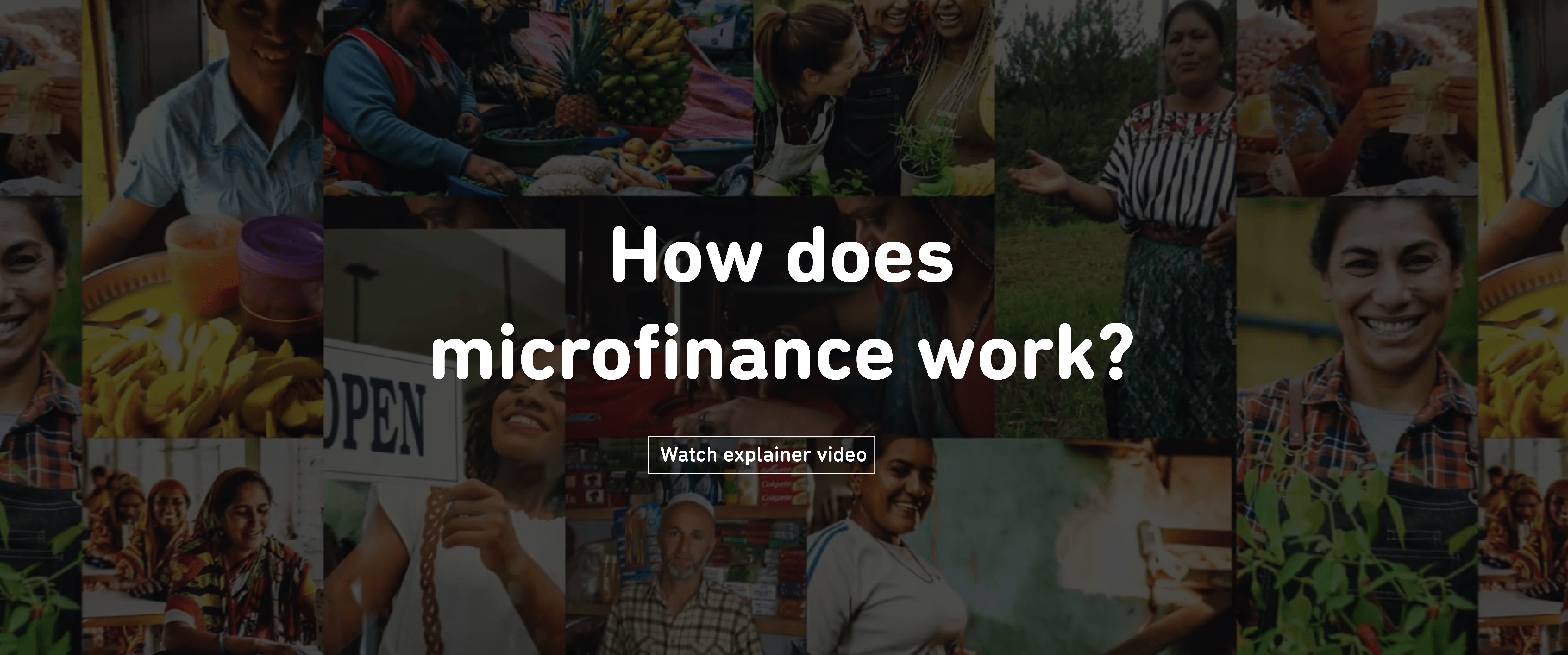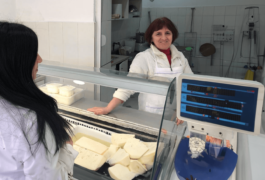Little money – big impact
WHAT IS MICROFINANCE?
Microfinance today serves as an umbrella term for financial services such as loans, savings accounts and insurance for a target group that – due to a lack of financial collateral, no regular income and living away from the urban centers – is not served by commercial banks. In most cases, the term microfinance refers to the provision of microloans to small entrepreneurs.
The United Nations sees microfinance as an important tool for poverty reduction and has included microfinance as a sub-goal of the first Sustainable Development Goal, “No Poverty.”
The idea of microfinance is not new, but goes back to the cooperative system of savings banks, Raiffeisen banks and cooperative banks.
The basic idea:
- Helping people to help themselves
- Access to financial services for all
- Promotion of independence, especially for women
- Building national financial systems
We are among the pioneers of microfinance investments in Germany. As a pioneer, we initiated the first fund in this asset class, the IIV Mikrofinanzfonds, together with our capital management company HANSAINVEST in 2011.
REDUCING POVERTY
More than just capital supply
The microfinance institutions we select not only provide borrowers with capital and financial services, but also support them with training measures. This ensures that their businesses are as sustainable as possible. Used correctly, microfinance can reduce poverty and help people improve their standard of living through their own efforts.

SUCCESS STORIES
How microloans work
Learn more about the success stories of our sub-borrowers and how your investment can make an impact.
microfinance
FAQ


